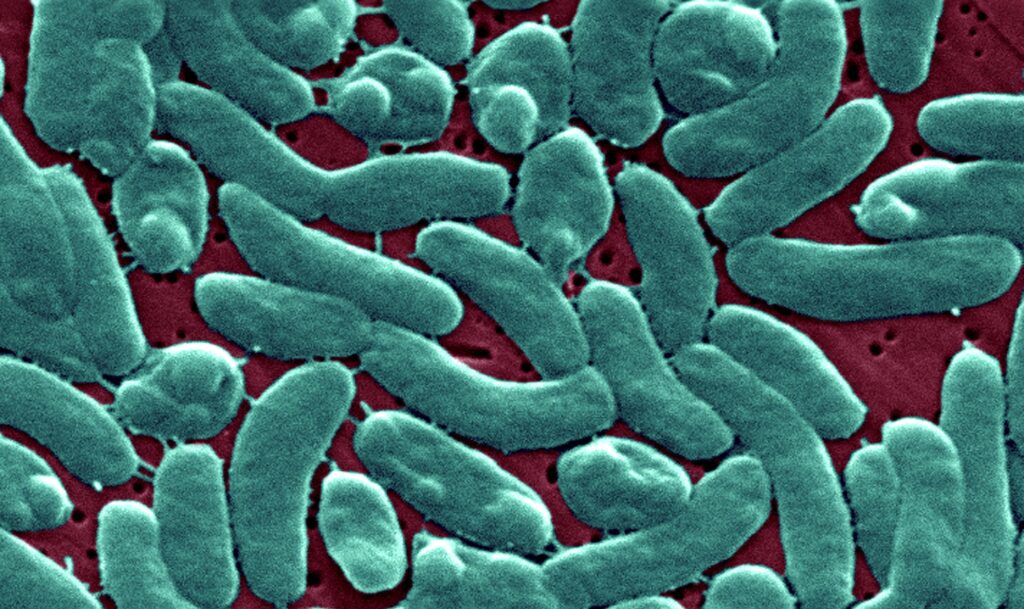Newsmatro

WASHINGTON, D.C. — The Centers for Disease Control and Prevention (CDC) has issued a health alert in response to a recent surge in fatal bacterial infections caused by Vibrio vulnificus, a bacterium found in warm coastal waters. The alarming increase in cases has raised concerns nationwide, prompting health officials to take immediate action.
Vibrio vulnificus is typically associated with raw or undercooked seafood, saltwater, and brackish water. Infection most commonly occurs when an open wound comes into contact with water contaminated by the vibrio bacteria.
Shockingly, at least a dozen Americans have lost their lives to this infection in the United States this year alone. Annually, approximately 80,000 people in the U.S. contract vibrio infections, with roughly 100 of them succumbing to the disease, according to CDC statistics.
One significant factor contributing to the rise in these infections is the warming of ocean waters due to climate change. Studies have indicated that Vibrio vulnificus is moving northward as coastal waters become warmer. “The warmer water is, the more bacteria can reproduce faster,” explained Gabby Barbarite, a researcher at Florida Atlantic University’s Harbor Branch Oceanographic Institute.
Research published in March in the journal Nature Portfolio revealed an eight-fold increase in vibrio infections between 1988 and 2018 across the country. Furthermore, the bacteria is spreading northward along the East Coast at an alarming rate of about 30 miles per year.
Dr. William Schaffner, an infectious disease expert at Vanderbilt University, emphasized the changing landscape of vibrio infections, stating, “Cases used to be concentrated almost exclusively in the Gulf of Mexico in the southern United States.”
Vibrio vulnificus, also known as vibriosis, can cause severe illness in humans, earning it the nickname “flesh-eating” bacteria, even though it is not the only bacterium capable of causing tissue damage. To enter the body, the bacteria requires an existing break in the skin, making it inaccurate to describe it as “flesh-eating.”
The infection can lead to necrotizing fasciitis, a condition where the surrounding flesh of an open wound dies. Roughly 20% of those infected may require intensive care or limb amputations, with approximately 1 in 5 patients succumbing to the disease, often within days of becoming ill.
Vibrio bacteria naturally inhabit coastal waters year-round, but their concentration increases significantly between May and October when waters are warmer, according to the CDC. Infections primarily occur through contact with saltwater or brackish water when individuals have open wounds or cuts. Consuming raw or undercooked shellfish is another common route of infection, accounting for approximately 10% of reported cases.
People with underlying health conditions, such as cancer, liver disease, diabetes, or compromised immune systems, are at higher risk of developing wound infections from vibrio.
Signs of Vibrio Vulnificus Infection:
Preventive Measures Recommended by the CDC:
As health authorities work to combat the spread of Vibrio vulnificus infections, raising public awareness about preventive measures is crucial to reducing the risk of this potentially deadly bacterial illness.